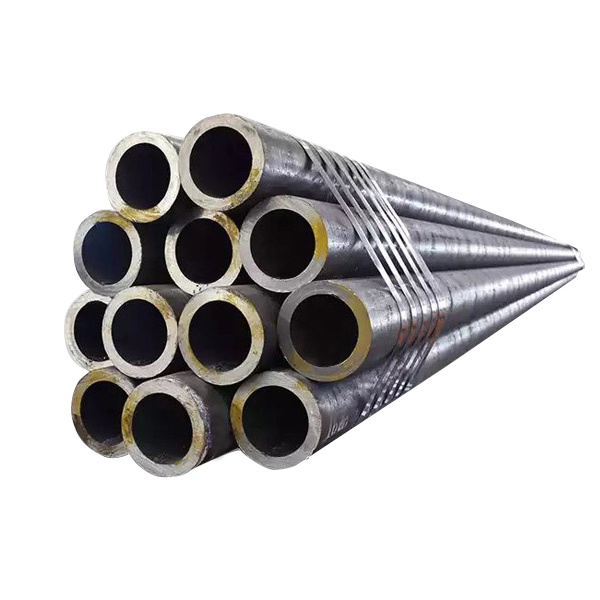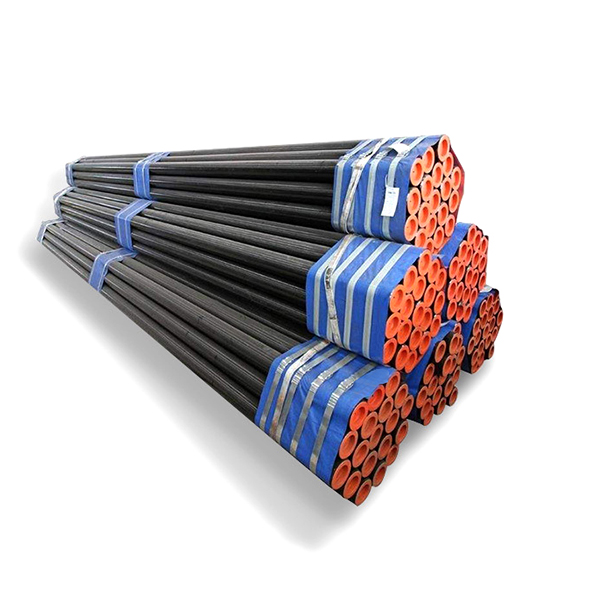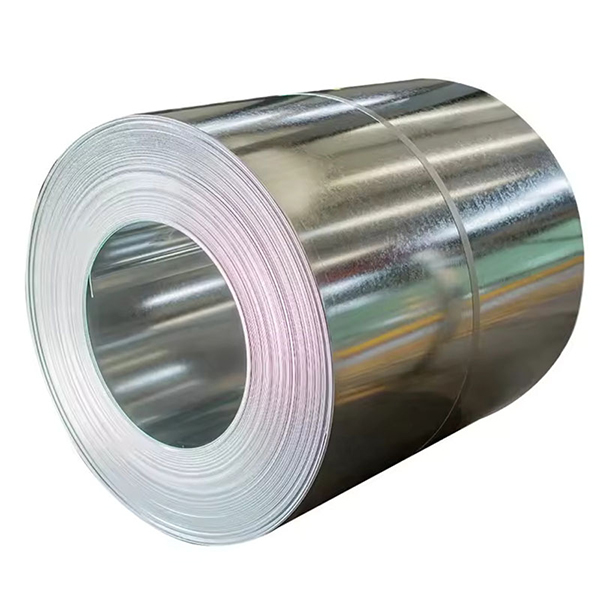A detailed introduction to color steel plates
Production Process Flow
Color steel plates are made from cold-rolled steel plates and galvanized steel plates as the base materials, and are produced through surface treatment, continuous coating, baking and cooling processes. The common two-coat and two-bake process flow includes multiple steps such as uncoiling, sewing, roller pressing, tensioning, alkali washing and degreasing, cleaning and drying, passivation and drying, initial coating and initial coating drying, topcoat fine coating and topcoat drying, air cooling and temperature reduction, and winding. The coating structure of color-coated steel sheets is divided into two layers of color coating on the upper surface and one layer of color coating on the lower surface. Commonly used coatings include polyester, silicone resin, fluororesin, etc. The coating thickness is usually 2025μm on the surface and 810μm on the back.
Commonly Used steel grades, substrates, and coatings
The common steel grades for color steel plates include DC51, electro-galvanized steel plates, hot-dip galvanized steel plates or aluminized zinc steel plates. The base plates are classified into cold-rolled base plates, hot-dip galvanized base plates, hot-dip aluminized zinc base plates and electroplated zinc base plates. The types of substrate coatings include GI, GA, 55%AlZn, 5%AlZn, Aluminizing, zinc-aluminum-magnesium products, etc.
Types of Coatings
The coating types of color steel plates are mainly divided into those for construction and those for household appliances. For architectural coatings, options include epoxy resin, polyester resin, polyvinyl chloride plastic sol, silicon-modified polyester, and polyvinylidene fluoride, etc. Polyester resin is usually used for the coating of household appliances. The coating includes primer, topcoat and backcoat. The primers include epoxy resin, polyester resin, etc., and the topcoats include ordinary polyester, silicon-modified polyester, etc.
Storage and Transportation
Color steel plates should be stored indoors to avoid moisture, corrosive gases and condensation. Square sleepers should be placed at the bottom and covered with rainproof cloth on top. During transportation, it should be kept in its original sealed state and isolated with rubber pads and lifting gear to prevent the steel coil from being injured.
Quality judgment
The quality of color steel plates should be judged by taking into account the thickness of the base plate, the thickness of the peritoneum, the sound of the exposed edge, the quality certificate and the price. The base plate thickness of high-quality color steel plates is usually between 0.02 and 0.05mm, and the peritoneal thickness is less than 0.15mm. Observe whether the exposed steel is finely crystallized, grayish, dark and free of impurities. When tapped with fingers or a hard object, high-quality color steel plates produce a clear and loud sound. Check the quality certificate and learn about the information of the manufacturer. Pay attention to the price. High-quality products are relatively more expensive.
Development Trends
The development trends of color steel plates include the adoption of high-quality base plates, improvement of pretreatment processes, development of new coatings, perfection of production equipment, and emphasis on product diversification and functionalization. In the future, color steel plates will pay more attention to the development of functional coatings with environmental protection performance, corrosion resistance, heat absorption and other properties, as well as the promotion of cold embossing technology.





